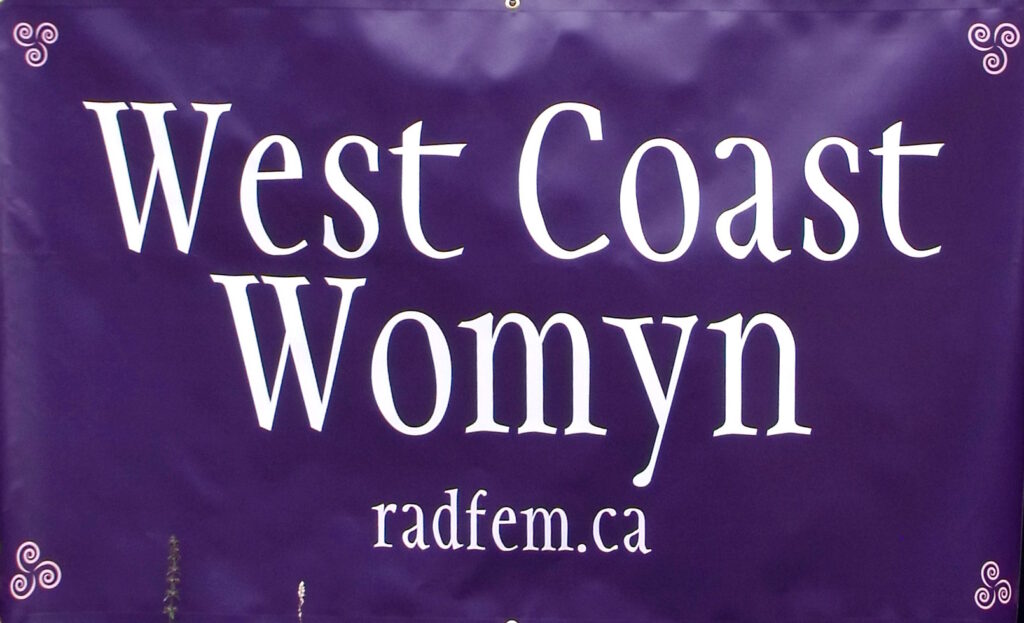Report back from the Olympic resistance in Vancouver
The 2010 Olympics are over, and we’re told that everything is back to normal. Wrong. Vancouver will never be the same.
Never mind what the news jockeys said about the thrilling celebration of our nation’s proud heritage, showcasing our city, hosting the admiring elite of the world, promoting our youth, and attracting new business and tourism. It’s all bullshit. For us here at ground zero, the Olympics turned the Lower Mainland into a nightmare landscape of security zones, armed troops, and police traps. And guess what? The nightmare didn’t end when the circus left town.
The past two months have seen chaos and repression so secret that we’re still trying to piece together the whole story. It’s ironic, because we’ve been trying to expose this sort of abuse for years – part of the campaign to keep our city livable, support human rights and end police persecution of everyone who’s poor, native, or critical of government priorities. When we witnessed what was happening with the latest round of evictions and brutality, we felt compelled to get the story out. Then, of course, we became targets too.
Even after all the discussions and predictions, we weren’t prepared for the scale of the crackdown. It went like this: dozens of arrests the week before the Games started, forced removal of homeless people for the duration, indigenous people targeted and independent journalists singled out – as many as they could get their hands on, anyway. Before the Olympics even started, a bunch of us were pre-emptively – arbitrarily, illegally – detained under the new security orders. Doors were kicked in, cameras, videos, and computers were seized, and people were taken away and disappeared. Without so much as a peep from the major newspapers, TV, and radio stations.
And yet, we pulled ourselves together and carried on. That’s what we need to do now – seize the moment, hang on to our experiences and analyze what happened, if only to bring some perspective to the chaos. Let’s start with the successes.
The huge throngs of people at the public protests in and around the “free speech cage” were amazing to behold. Apparently the Homes Not Games message hit a nerve. That nerve was pretty sore already after the bank collapses and thousands of layoffs, plus the revelations about secret budgets, high-profile scandals, more evictions, and, of course, the ever-swelling Olympic deficit that our children will still be paying off in thirty years. Then came the massive, never-ending traffic gridlock and the troops in the streets. The hubris of it all added up to a whole lot of pissed-off citizens. So naturally, the protests spilled over into the streets.
Not just protests, either. Months of planning focused on empowering people to start building the kind of society we need. Like Food Not Bombs, the Homes Not Games actions were organized by people who found ways to fill those needs themselves, rather than waiting around hoping the authorities would give a hand-out. These decentralized non-organizations stymied the police – with no headquarters for them to raid and no leaders to arrest, they didn’t know how to stop the movement. Several individuals in the network got busted the week before the Games, but they had the good sense to keep their mouths shut about their fellow activists.
The affinity groups were also tight – people took their safety and security very seriously. The scene was so heavy that anyone who was not 100% committed to the goal stayed home. After the first wave of raids and arrests, no one needed a reminder of what was at stake.
The folks who set up the legal defense fund in advance of the Olympics deserve a huge shout-out, along with the lawyers who are working for free or for reduced rates. Hundreds of people are facing charges – anti-poverty activists, indigenous people, tree huggers, indy journalists, and dozens more who were probably just in the wrong place at the wrong time. The people who went missing have been found, some of them in jails fifty or a hundred miles away. Some might get time served or a few weeks if convicted, others are looking at “terrorism enhancements” of many years behind bars, even though there was clearly no intention to hurt anyone.
The civil liberties advocates are hoping to push back the trend of police brutality and Charter rights violations. The criminal trials will be going on for months, and believe me, they’re educational (and open to the public!)
The media collectives and solo journalists deserve awards for extreme bravery in documenting dozens of cases of police attacks and human rights abuses with hundreds of hours of video – and getting away with the footage! Of course, the major media didn’t run those videos, but the web streams went around the world to millions of viewers. And the hot new “instant documentary” is coming any day now – the video posse is working round the clock putting it together. There’s dozens of clips online already, and a whole pile of new material that the cops are really going to hate – especially when the lawyers show the evidence to the judge and get our friends’ charges dropped.
We learned some things about playing to our strengths and their weaknesses. We outwitted the enemy a couple times. We outran them too. We are quicker, smarter, and more versatile than the crowd-control units. We know the terrain. We can switch to Plan B in an instant. They need orders. They’re weighed down by riot shields and command structures. Except when they get wound up in their adrenaline and testosterone frenzy, and start beating on people at random. All I can say is thank god for the street medics.
The street medics are fucking heroes. They waded into clouds of tear gas to help people who were blinded and panicked and disoriented and walked them out of there. They patched people up in the middle of the night and kept it quiet. Of course, a lot of people who were near the front lines – including the medics! – are still nursing injuries and pepper-spray after-effects. Plus, we are all suffering from “post traumatic activist stress disorder” – weeks later, some folks are still traumatized and in shock. No one expects this shit to happen to them. But people are taking care of each other and reaching out to each other.
The extreme level of police coercion stunned everyone. Even long-time activists who felt psychologically prepared for police violence told me how surreal it felt, suddenly finding themselves looking down a line of automatic weapons aimed at their heads and robocops barking incomprehensible orders. Everything slows way down and gets very bright and sharp. Impossible to forget, even if you want to. Many of our comrades from the past few weeks won’t be returning to the movement – they’re burned out.
Our public events were infiltrated by police informants and many of us were monitored for months before the Games. The cops pulled all kinds of petty stunts – faking people’s identities online, sending messages to try and start conflicts, playing on the divisions within the group like race and class and gender. Fortunately, it seems like the various affinity groups were quick to catch on, although a few out there are probably still figuring it out.
Surveillance cameras and face-recognition software made it easy for the cops to look out for possible “domestic threats.” (Threats to what? We’d like to know!) They watched for certain individuals and pounced on them when they approached the security perimeters. Obviously, you can fool the software with a bandanna, but they also arrested anyone with their face covered.
We weren’t expecting the total blackout on dissent for the duration of the Games, or the crushing media backlash after the party ended and the guests went home. Obviously we didn’t think corporate Olympic sponsors would give indy journalists free air time – but we thought at least we’d have access to our own blogs and independent media sites! A lot of those sites suddenly went off-line (or off-limits) in early February. A lot of cell phones stopped working, and some folks swore they were being recorded. We had to keep figuring out ways to work around these obstacles.
The radicals were isolated, thanks in part to intimidation and pressure on our more moderate allies. That was no surprise – we figured the mainstream groups would cave if the authorities leaned on them, and that’s what happened. They cooperated with the detectives and cut their ties with us. So we were basically left out in the cold, surrounded by hostile forces. Several of our demonstrations were outnumbered by the pro-Olympics cheerleaders and sports fans; there were lots of vocal threats and even a few violent incidents as they lashed out at the groups of peaceful protestors.
By the time it was over, there was a backlash from all sides against the people who were trying, against all odds, to get a message out to the world, to speak to the conscience of a nation against racism and brutality and homelessness and injustice.
And we won. We got the message out, and we all came together, and that was what they really feared, above all. Not just that we would loudly and publicly dissent for the world to see, but that we might actually join forces and work for common goals, like hastening the fall of this corrupt and unjust system.
It started for me when one of us asked – what sort of position do we want to be in, after the Games? How do we survive, evade, and resist the occupation? The TV cameras have packed up and left. The soldiers are back at their bases. We’re still here. What next?
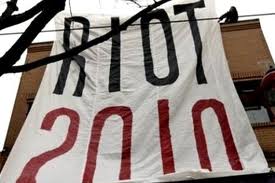

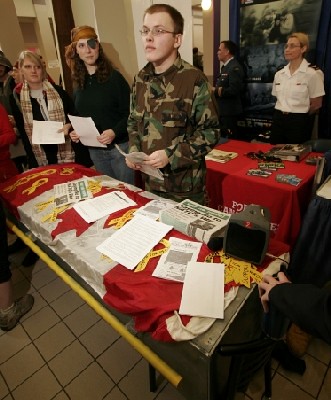
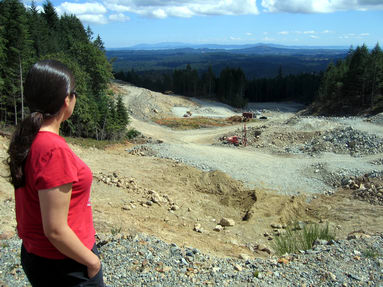
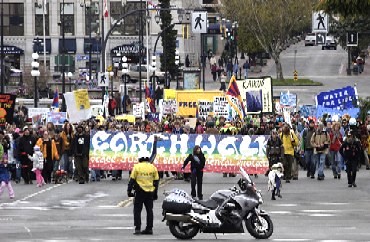

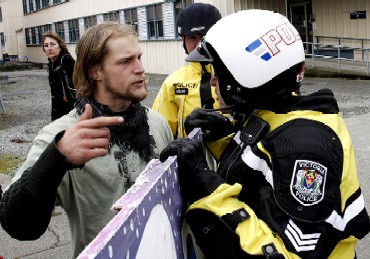
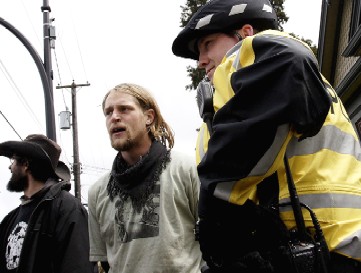
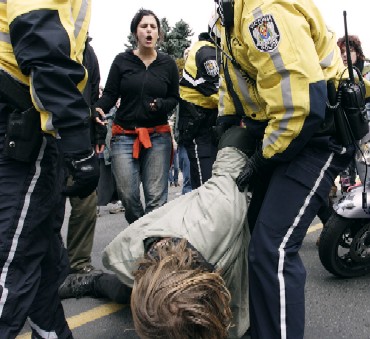

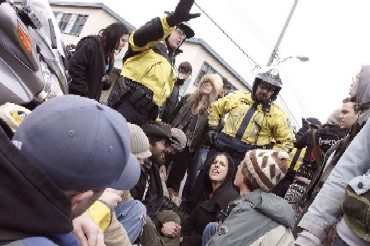
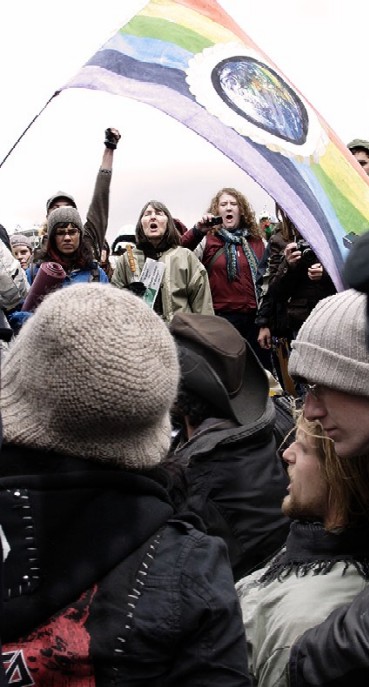
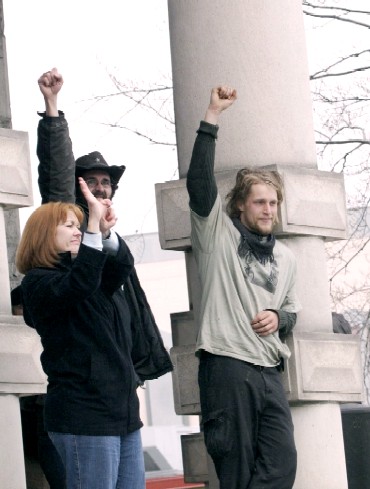
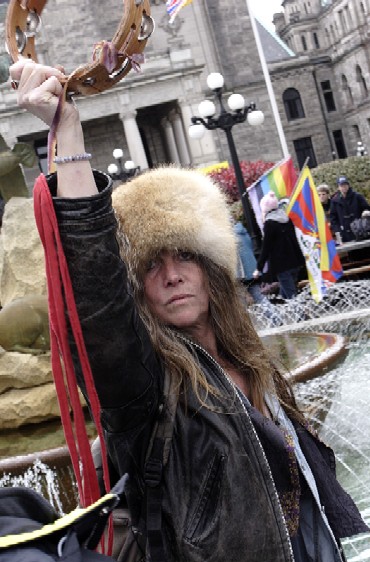
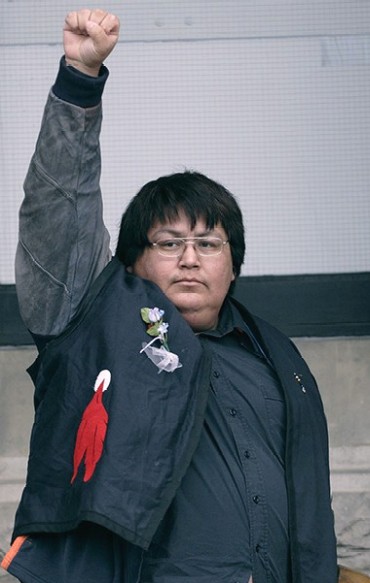
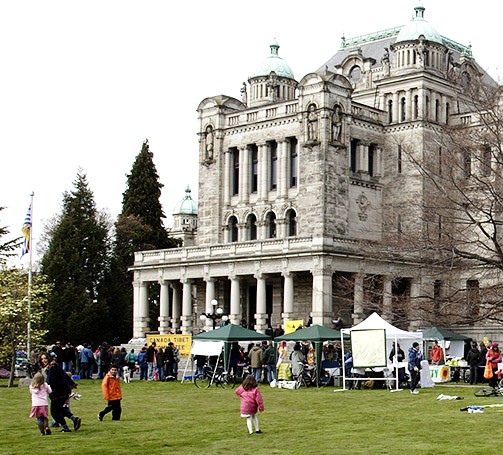

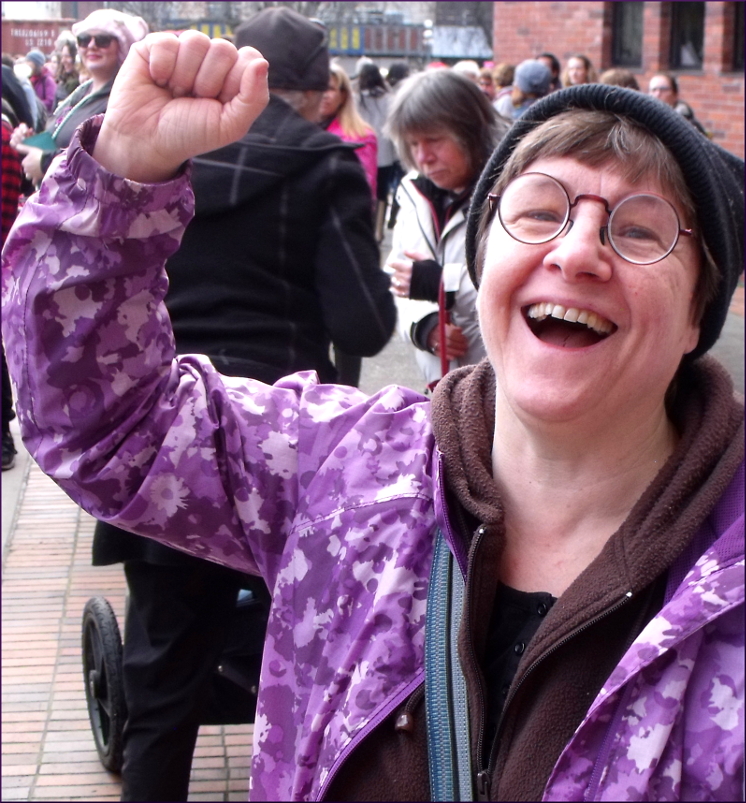 I get love letters. I get death threats. Out here in Canada’s Wild West, cold cash and brute force have mostly succeeded in subduing the land and anyone who tries to defend it.
I get love letters. I get death threats. Out here in Canada’s Wild West, cold cash and brute force have mostly succeeded in subduing the land and anyone who tries to defend it.


